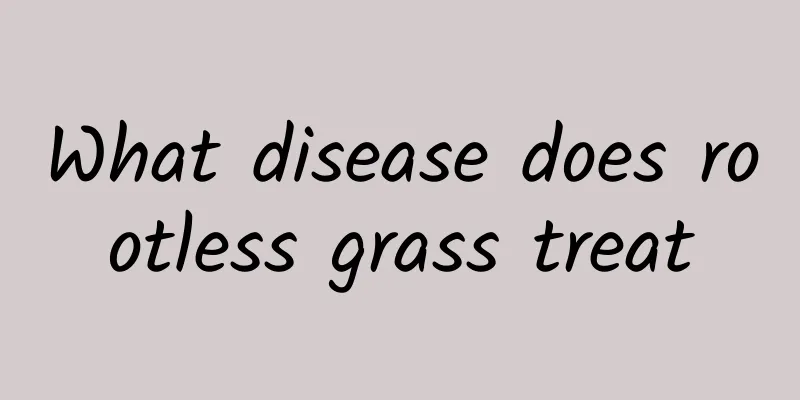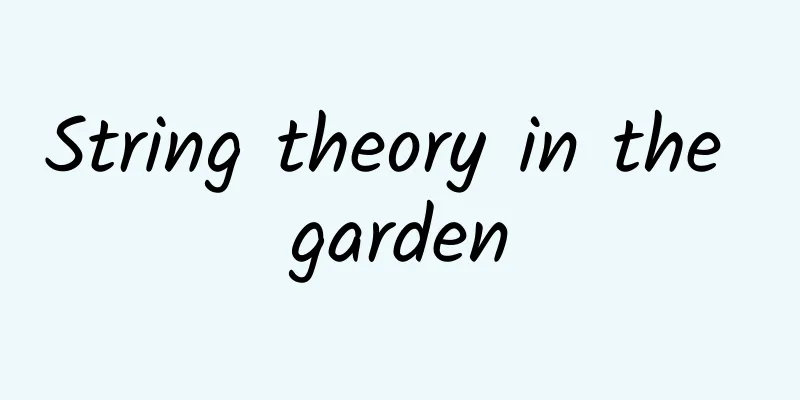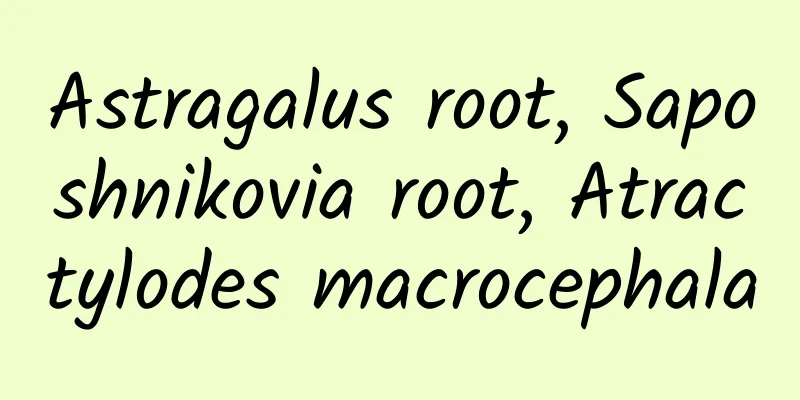What disease does rootless grass treat

|
The most common thing in rural areas is rootless grass. Many people like to plant rootless grass and sweet potatoes together. In this way, when the harvest season comes, they can harvest sweet potatoes and rootless grass. Rootless grass is a kind of grass that seems to have no roots. It mainly survives by parasitizing other plants. Its medicinal value is also relatively high in clinical practice. So, what diseases can rootless grass be used to treat? There is a kind of weed in the countryside. The strange thing is that it has no roots. It is a very strange parasitic plant that particularly likes to parasitize on crops such as soybeans or the Chinese medicinal herb Platycodon grandiflorum. This thing does not have chloroplasts in its own cells. It absorbs nutrients by climbing and wrapping around plants, using its own thorns to pierce the skin of parasitic plants. Therefore, the plants it entangles will gradually turn yellow, become weak, and finally become the skeleton of this thing, so it becomes a harmful weed that harms farmland. Seeing this, I guess many friends know what kind of weed this is. Yes, it is Cuscuta australis. Since it has no roots, we locally call it rootless grass, Wu Niang Pain, etc. Although dodder is harmful to crops and is very annoying, some people in our area specifically go out to pick it. We heard that it can also cure diseases. Finally, we found out that dodder itself is a traditional Chinese medicinal herb. It is only mistaken for a weed because it grows in the wrong place. According to traditional Chinese medicine, Cuscuta has the effects of nourishing the kidney and replenishing essence, nourishing the liver and improving eyesight, consolidating the fetus and stopping diarrhea. It is effective for the pain in the waist and knees caused by liver and kidney deficiency. It has a very good conditioning and therapeutic effect on weak legs, impotence and spermatorrhea, talking in sleep, frequent urination, incomplete urination, dizziness, blurred vision, tinnitus and deafness, leucorrhea and habitual abortion. Generally, high-quality Cuscuta seeds are chosen for consumption. Long-term use can improve eyesight, lighten the body, benefit qi and prolong life. For patients who think too much, have weak heart and kidney, have turbid urine, have frequent dreams when sleeping, and have frequent nocturnal emission, take 5 liang of Cuscuta seeds, 2 liang of Echeveria meat, and 3 liang of white Poria cocos. Grind them into powder together, and make them into pills the size of sycamore seeds with wine paste. Take 30 to 50 pills each time on an empty stomach with salt soup. To treat Yang Qi deficiency, take equal parts of Cuscuta australis and Rehmannia glutinosa, grind them into powder, mix with wine to make pills the size of sycamore seeds, and take 50 pills each time. For those with Qi deficiency, take it with ginseng soup, and for those with Qi deficiency, take it with agarwood soup. To treat persistent thirst, take an appropriate amount of Cuscuta seeds, add water to boil the juice, drink it at will until the disease is cured. Although Cuscuta australis is good, it is not suitable for everyone, especially those with hot temper. Men who don’t have any unspeakable secrets in that area should forget about it and should not try it. When using Cuscuta australis to treat diseases, it is still necessary to take it under the guidance of a professional, because all medicines are toxic and if you fail to grasp the right measure, it may backfire. |
<<: What diseases can morning glory cure?
>>: Summer chrysanthemum can treat breast hyperplasia
Recommend
Can licorice help you lose weight?
The best use of licorice is its medical role. If ...
Leon Lederman: That weekend night, I figured out how to break parity.
On January 4, 1957, at a traditional Chinese lunc...
What is Fritillaria cirrhosa
There are many common herbs. When choosing herbs,...
World No Tobacco Day | We have only heard of second-hand smoke, but where does third-hand smoke lurk?
□ Zhang Wenlou and Deng Furong May 31, 2024 is th...
The efficacy and function of rockweed
As a traditional Chinese medicine, Rock Herb has ...
Wearing black underwear makes you more likely to get cancer? The truth behind "Don't buy black underwear" is revealed
Black is one of the most common colors in textile...
Floor heating, fireplace, incense burner in the quilt... this is how the ancients spent the cold winter
Faced with the bitter cold winter, as people livi...
The efficacy and function of Magnolia grandiflora
Magnolia grandiflora is a very familiar medicinal...
Boeing's KC-46 is not up to standard, and may be "stolen" by Lockheed Martin, losing the big order of the tanker project
Lockheed Martin has officially launched a bid to ...
How to eat healthier? The latest version of China's dietary guidelines gives reference answers
Editor’s Note: The dietary guidelines are a basic...
How do we know the age of Sanxingdui artifacts since there are no written records?
In recent years, the cultural relics unearthed fr...
The efficacy and function of rock shoots
Traditional Chinese medicine is a Chinese traditi...
How to eat Poria cocos and what to avoid
Poria cocos is a kind of traditional Chinese medi...
Side effects and contraindications of Cnidium monnieri
Cnidium monnieri is also known as wild carrot see...
The efficacy and function of kidney fruit lentil
Kidney bean is a kind of traditional Chinese medi...









